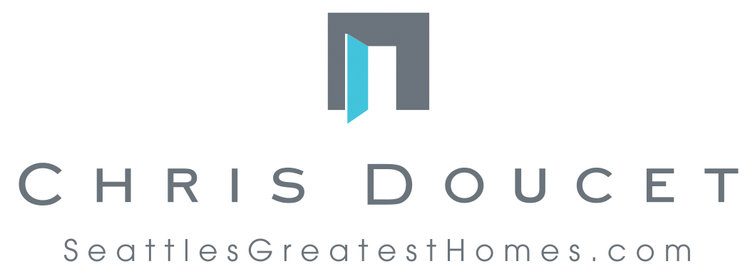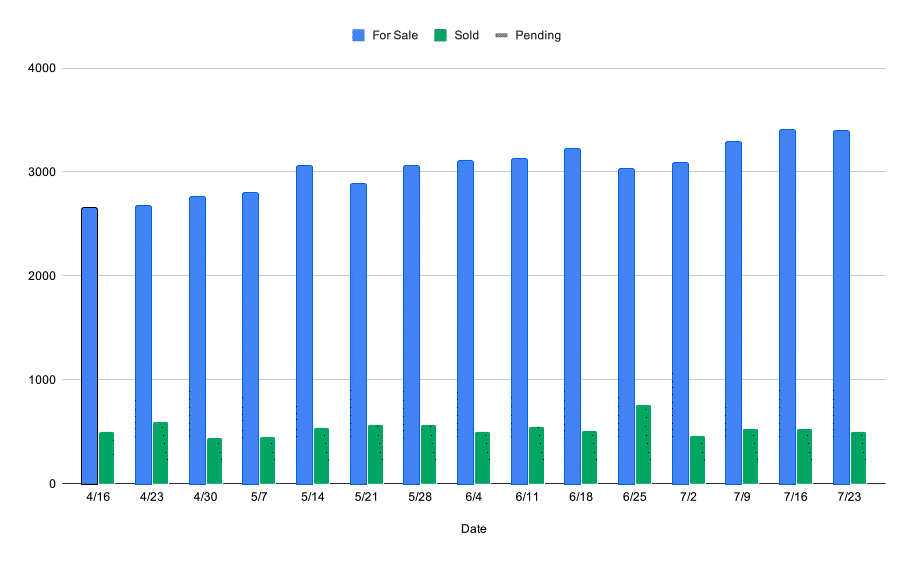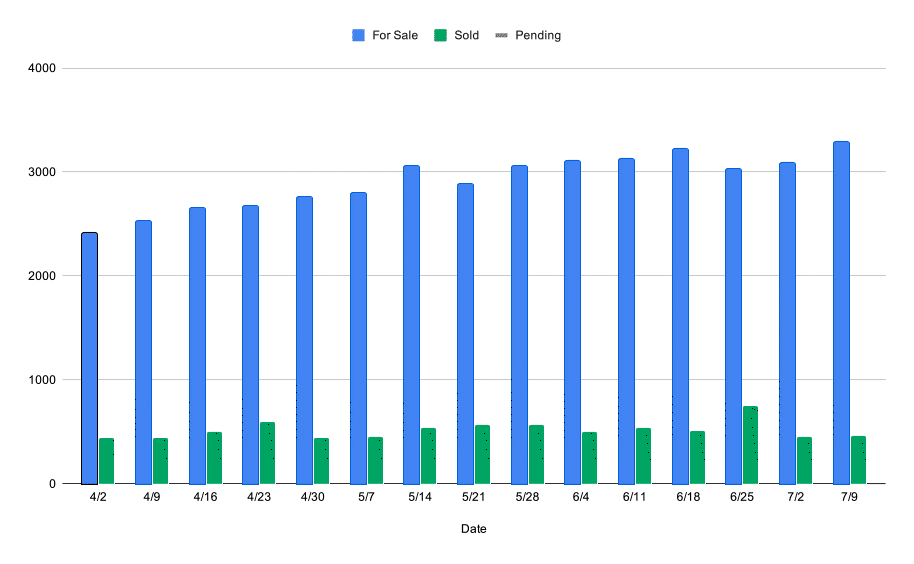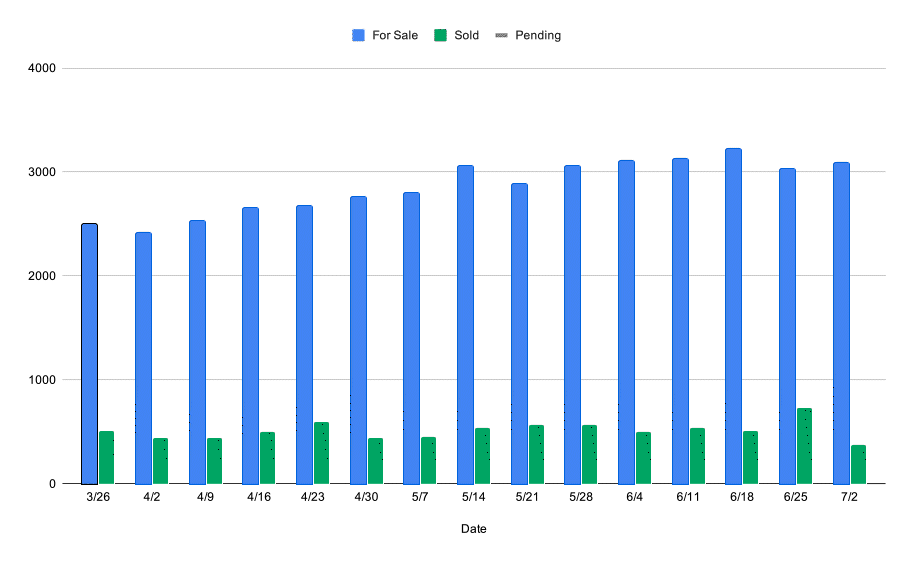SOURCE: Houzz
If you don’t understand passive design, you could be throwing money out the window
The term “passive” is getting thrown around almost as frequently as the word “green” these days. But what does it actually mean? And how does the all-encompassing adjective differ from the measurable standards of the capitalized Passive House?
I’ve mentioned before that the truth of green building is in the details. Here’s how to understand the vocabulary and the implied meanings in the world of passive design.
Decoding What People Say
“This house was designed with passive solar principles” means the orientation of the house and the placement of windows have been used to gain heat through natural daylight. Perhaps shading for hot summers was also considered. These are the first and most fundamental steps toward reducing the energy consumption of a house.
“This house was designed to Passive House principles” means that the architect and builder, of their own accord, decided to pursue a set of measurable building standards that promote low-energy consumption. The term originated from Germany’s Passivhaus.
“This house is a certified Passive House” means that in addition to the house’s being designed and built to the Passive House standard, it has successfully undergone a certification process. Certification is managed by various entities all over the world. The original was the Passivhaus Institute in Germany, which is still widely regarded as the “gold standard” and most stringent set of performance metrics available. In the U.S. there is a second certifying institute, Phius, which has created a separate standard with similar and slightly less demanding criteria. Both of these certification paths require that project teams submit proof of performance and require third party accountability.
So, what is the Passive House standard, anyway?
Contrary to the impression the word may give, passive homes are anything but lazy. A house designed to take advantage of the solar heat streaming through a window is actively saving energy. Taking it a step further, and into the realm of the Passive House building standard, a house can be designed to work hard in every season to maintain a comfortable and healthy indoor living environment, without consuming superfluous energy.
A home built to the Passive House standard is one that remains comfortable through all seasons without employing an active heating or cooling system.
Depending on your country and the localized standards, a project must meet maximum annual energy consumption limits to be considered. Historically, and still in Europe, this was 15 kilowatt-hours per square meter each year. The U.S. standard has since made changes to that limit in an attempt to address specific climate zones.
However, as an order of magnitude, we’re talking about 60% to 70%, sometimes even more, in energy savings relative to conventional buildings.
How can that be possible? Well, in a Passive House, all of the energy that would be needed to heat or cool the building is no longer needed. Let me explain.
We Passive House architects start out with a compact building shape. You’ll notice that most Passive Houses are essentially a box in form. We can then add visual intrigue by using unconditioned outdoor rooms and covered spaces to break up the facade. This compact box core, however, is essential and is the basis of any concept of efficiency.
In the winter passive solar design takes as much heat as possible from the sun. This means orienting the house toward the sun’s path and making sure that the winter sun’s low angle is able to penetrate as much of the inside of the home as possible.
We add to that the heat that is created in the house just from people being there. (You’d be surprised at how much heat is generated from normal daily activities, like cooking, cleaning, using the computer and running home appliances.)
We use mechanical ventilation to keep the air fresh, heating the incoming air with the exhaust air. And we use dehumidifiers to maintain healthy moisture levels and prevent mold.
In the summer, we take advantage of shading devices and the high summer sun angle. In this way we can stop the sun from reaching windows, floors and walls, helping to keep them cool.
Then we make sure not to let heat pass through the building’s skin by designing a sealed and insulated building envelope.
This photo shows rock-wool insulation. Unlike LEED, the Passive House standard does not require that you use natural or recycled materials. Certification is based on energy performance alone.
Not only do the walls, slabs and roof need to be properly insulated, but so do all of the openings. High-quality windows are one of the biggest up-front expenses in a Passive House, but they contribute to a large portion of the energy savings.
We can insulate like crazy, but if we use subpar windows, all of the heat will exit through the glass. The building envelope, which is like its skin, is only as strong as its weakest point.
I often describe the building envelope as being like an inflated balloon. One hole in the balloon, and all the air will escape. It doesn’t matter how sturdy the rest of the balloon is.
So not only do we want to have a consistently insulated building envelope, but we also want to avoid any air leakages where hot air can escape in the winter or enter in the summer.
One way the Passive House standard verifies the absence of air leakages is with the Blower Door Test, in which the entire house is closed up and air is pumped inside. A gauge, shown here, then measures the air-flow rate relative to the volume of the house.
Tests like this, along with energy simulations, measure whether a home is built to the Passive House standard.
Whether or not a Passive House is valid without official certification is an ongoing discussion. Some professionals believe that certification is an added and redundant expense. Others say it adds transparency and verification to the whole process, keeping everyone accountable to goals. Some homeowners find it a necessary part of adding market value to their house. Others don’t see the point, especially if they are not intending to sell.
Above all, it is vital that you trust your project team and understand the entire situation. The word “passive” is not trademarked, as LEED is, so make sure you understand the context in which it is being used.
SOURCE: Houzz












